Worms, the humble denizens of the soil, play a vital role in the Earth’s ecosystem, aerating the soil and enriching it with nutrients. Yet, beyond their ecological significance, worms are a prized food source for a wide array of fascinating creatures across the animal kingdom. From the secretive subterranean foragers to the winged predators above, many animals have evolved specialized adaptations to hunt, capture, and relish these wriggling invertebrates.
Table of Contents
In this article, we embark on a journey through various habitats to unveil the intriguing cast of characters of Animals that eat worms. From birds to amphibians, mammals to insects, we explore their hunting techniques, the importance of worms in their diets, and the incredible adaptations that enable them to thrive on this often overlooked but essential menu item. Join us as we delve into the captivating world of animals that savor the delectable delights of worms.
The Role of Worms in Ecosystems:
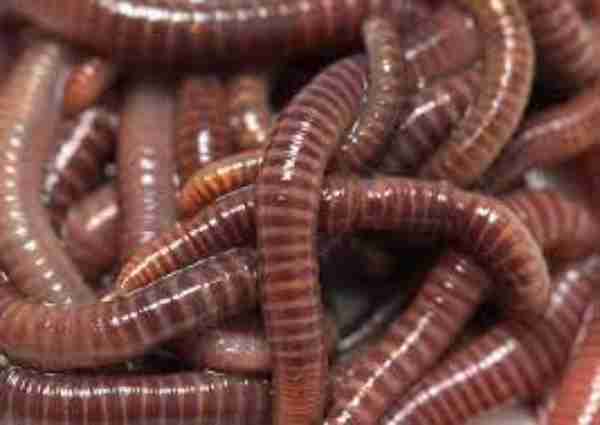
Worms, often underestimated yet incredibly significant, play a crucial role in the functioning of ecosystems. As ecosystem engineers, they tirelessly burrow through the soil, aerating it and improving its structure. Their activities enhance soil fertility by breaking down organic matter, allowing plants to access vital nutrients. Worms facilitate water infiltration, reducing the risk of soil erosion, and creating channels that help plant roots grow and spread.
Moreover, the casts left behind by worms enrich the soil with nutrients, acting as a natural fertilizer. This process supports plant growth, which, in turn, sustains a myriad of other organisms within the ecosystem. Worms essentially embody the ecological adage of “small changes, big impact,” making them indispensable to the health and balance of various ecosystems.
Overview Of Animals That Eat Worms
Robins:

Robins, known for their distinctive red breast and melodious songs, are avid consumers of worms. These birds are a common sight in gardens and woodlands, where they forage for earthworms, a staple in their diet. Equipped with keen eyesight and a sharp beak, robins detect worms in the soil and swiftly extract them.
Worms provide essential proteins and nutrients for robins, especially during the nesting season and colder months. Their role as worm predators not only sustains the robin population but also aids in controlling earthworm populations and contributes to the overall health of their ecosystem.
Moles:
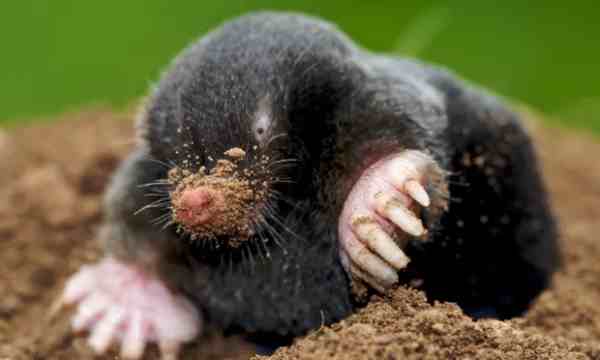
Moles, despite spending most of their lives underground, are voracious worm-eaters. These small, subterranean mammals possess specialized forelimbs and sharp teeth, allowing them to tunnel through the soil in search of earthworms and other insects. Worms form a significant part of their diet, offering vital sustenance for their high metabolism.
Moles play a crucial role in soil aeration through their burrowing activities while regulating worm populations, demonstrating the delicate balance in the underground ecosystem.
Frogs:

Frogs, amphibious creatures with remarkable versatility, readily include worms in their diet. Both aquatic and terrestrial frogs are known to consume various invertebrates, including worms. Aquatic frogs often snatch worms from the water’s edge or the bottom of ponds and streams, utilizing their quick reflexes and long, sticky tongues.
Terrestrial frogs, too, hunt worms in damp environments, showcasing their adaptability. Worms provide essential proteins and nutrients for growth and energy, making them an important dietary component for frogs of different species. The consumption of worms by frogs highlights the interdependence of species in their shared habitats, underlining the significance of these humble invertebrates in the ecosystem.
Snakes:
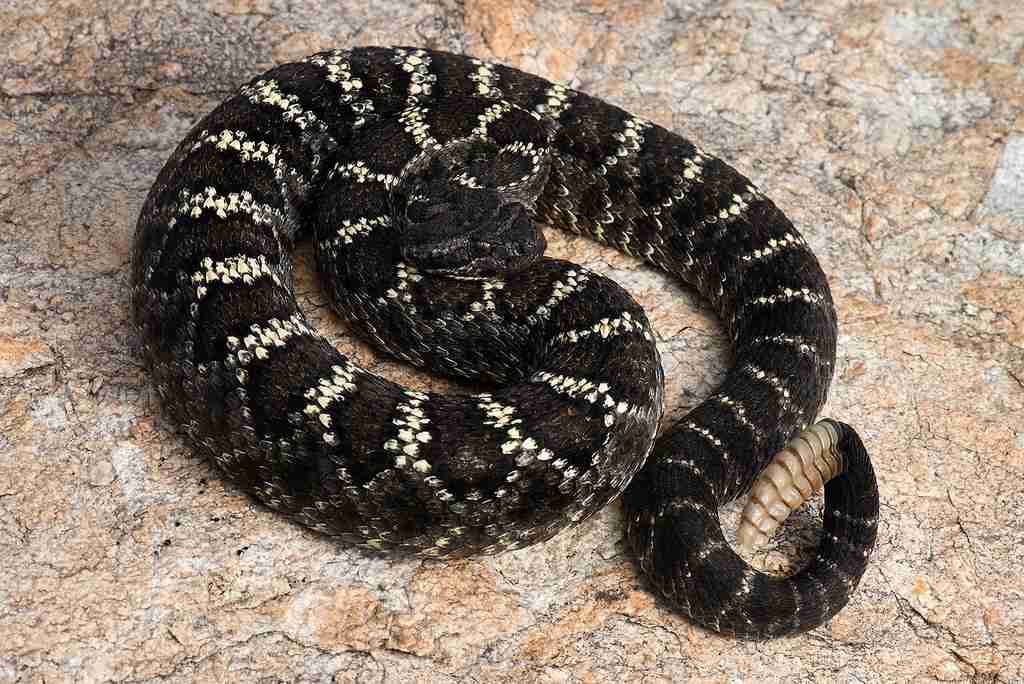
Snakes, diverse and fascinating reptiles, exhibit a wide range of feeding habits, with many species preying on worms and other invertebrates. Worms, often found in damp environments, form part of the diet of several snake species, particularly those residing in grasslands, forests, or near water bodies.
These legless predators employ their keen sense of smell and specialized jaws to locate and consume worms. Worms offer a good source of nutrients and hydration for snakes, aiding in their growth and overall well-being. The dietary inclusion of worms underscores the adaptability of snakes and their ability to exploit a variety of food sources within their habitats.
Catfish:
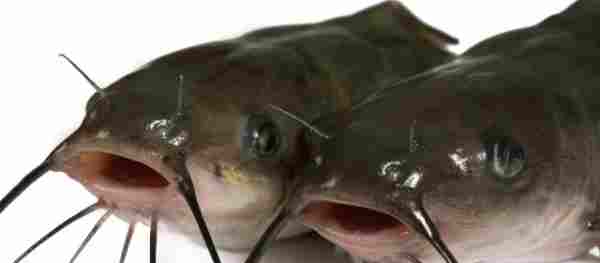
Catfish, well-adapted freshwater fish with distinctive barbels, readily consume worms as part of their omnivorous diet. Worms are a favored food source for catfish, providing essential proteins and nutrients necessary for their growth and development. Catfish often hunt for worms in the muddy or sandy substrates of rivers, lakes, and ponds, using their highly sensitive barbels to detect scents and movements.
The consumption of worms by catfish showcases their opportunistic feeding behavior, adapting to the availability of different prey items in their aquatic environments. This dietary flexibility contributes to the catfish’s survival and proliferation in various freshwater habitats, emphasizing their ecological importance in maintaining aquatic ecosystem dynamics.
Woodcocks:

Woodcocks, elusive woodland birds known for their distinctive long bills and cryptic plumage, are avid consumers of earthworms. These birds use their long, sensitive bills to probe the soil in damp woodlands, marshes, and moist grassy areas, seeking out their favorite prey—earthworms.
The earthworms provide essential nutrition, including proteins and minerals, crucial for the woodcock’s survival and successful breeding. Woodcocks play a vital role in controlling earthworm populations, and their dependence on these invertebrates highlights the intricate ecological balance within their forested habitats.
Ground Beetles:
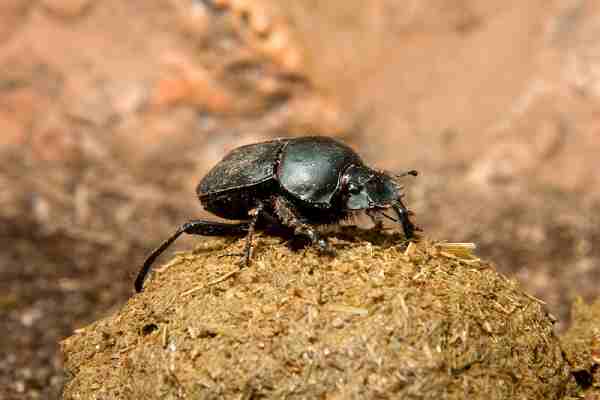
Ground beetles, a diverse and widespread group of insects, are efficient predators, and many species include worms in their diet. Equipped with strong mandibles and a voracious appetite for invertebrates, ground beetles actively hunt for worms in soil and leaf litter.
Worms contribute to their diet, supplying valuable proteins and aiding in their overall development. Ground beetles play an essential ecological role in regulating insect populations, including worms, and contribute to pest control in various ecosystems, showcasing the interconnectedness and balance of these insectivores within the natural world.
Raccoons:
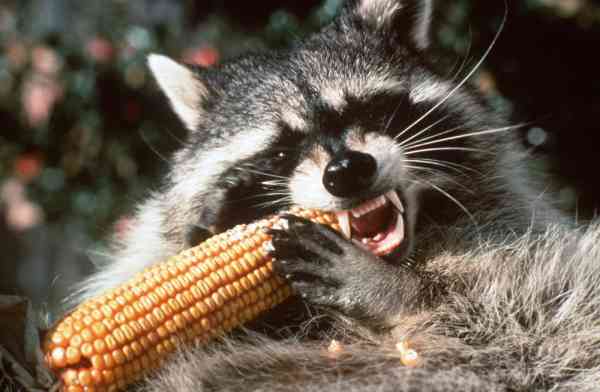
Raccoons, highly adaptable and intelligent mammals, have a varied diet that often includes worms, especially invertebrates found near water sources. Raccoons forage for worms in wetland areas, riverbanks, and moist soils, using their dexterous paws to excavate and consume these nutritious invertebrates.
Worms provide proteins and essential nutrients, contributing to the raccoon’s overall health and survival. Their ability to exploit a wide range of food sources, including worms, reflects their opportunistic and versatile feeding behavior, enabling them to thrive in diverse environments.
Centipedes:
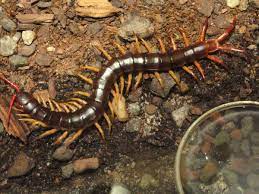
Centipedes, carnivorous arthropods with numerous legs and distinct body segments, are proficient worm hunters. These agile predators often lurk in damp soil, leaf litter, and crevices, capturing and consuming worms with their venomous fangs.
Worms form a significant part of their diet, supplying essential nutrients and sustenance for growth and reproduction. Centipedes play a crucial role in controlling worm populations and maintaining the ecological balance in the soil, highlighting the importance of these fascinating invertebrates in the subterranean ecosystem.
Blackbirds:
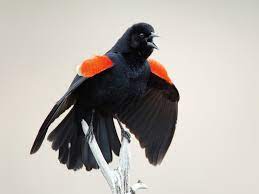
Blackbirds, agile and melodious songbirds, readily include worms in their varied diet. Worms, abundant in lawns, gardens, and meadows, are a common food source for blackbirds. With their keen vision and nimble foraging abilities, blackbirds detect and extract worms from the soil.
Worms offer essential proteins and energy, crucial during nesting and breeding seasons. Blackbirds’ consumption of worms underscores their adaptability and ability to capitalize on the seasonal abundance of this food source, showcasing the intricate relationship between avian predators and their invertebrate prey.
Ducks:
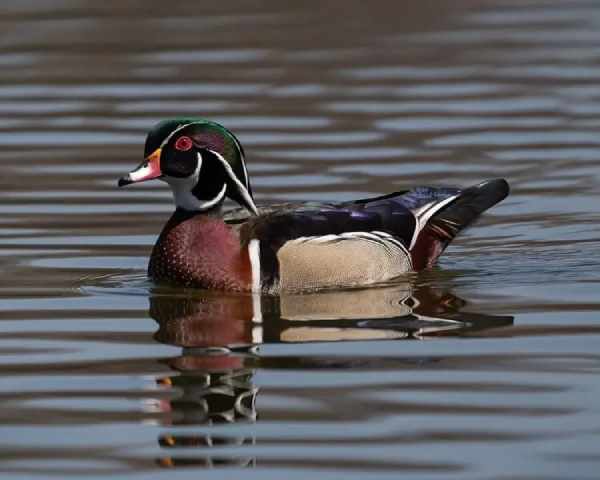
Ducks, diverse waterfowl with distinctive characteristics, often include worms in their omnivorous diet. Worms are commonly found in and around aquatic habitats, making them easily accessible to ducks. Whether dabbling or diving ducks, they actively search for worms in the mud, shallows, and marshy areas.
Worms provide essential proteins and nutrients for their growth, especially for ducklings during their early stages of development. Ducks play a vital role in regulating invertebrate populations, including worms, contributing to the balance of wetland ecosystems and the overall health of these habitats.
Starlings:
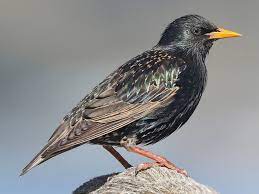
Starlings, highly social and adaptable songbirds, frequently consume worms as part of their diet. Their foraging skills and diverse diet enable them to search for worms in lawns, pastures, and open fields. Worms are a crucial source of protein, particularly during the breeding season and when raising their young.
Starlings’ consumption of worms demonstrates their resilience and ability to thrive in urban and rural landscapes while highlighting the important role of invertebrates in the diet of various bird species.
Hedgehogs:
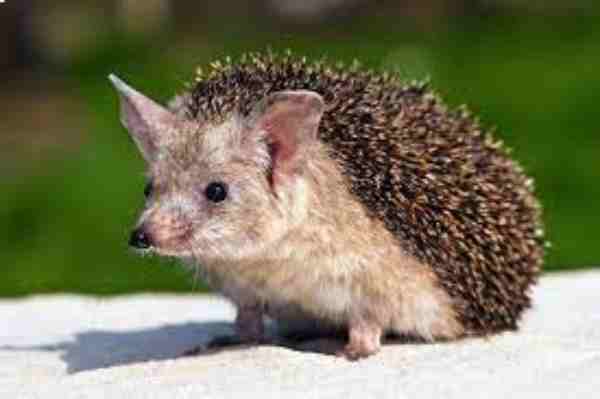
Hedgehogs, small and nocturnal mammals, are known to relish worms as part of their diet. Worms are easily accessible in gardens, meadows, and damp areas, making them a common prey item for hedgehogs. Worms provide essential nutrition, including protein and calcium, vital for the hedgehog’s overall health and reproduction.
Hedgehogs play a valuable role in controlling invertebrate populations, including worms and insects, showcasing their ecological significance within their habitats.
Thrushes:
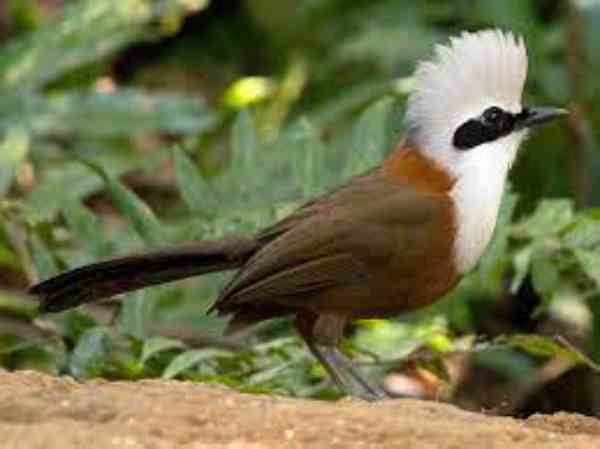
Thrushes, a family of songbirds known for their melodious calls and diverse species, regularly feed on worms. Their keen eyesight and ground-dwelling behavior make worms easily visible and accessible in grassy areas, gardens, and woodlands. Worms offer essential proteins and nutrients for thrushes, especially during the breeding season when nourishment is critical for successful reproduction.
Thrushes’ consumption of worms emphasizes their role as insectivores and their influence in controlling invertebrate populations, contributing to the balance of the ecosystem.
Toads:
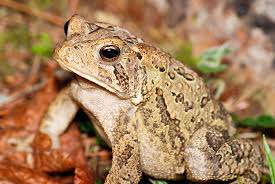
Toads, amphibians characterized by their dry, warty skin and distinctive hopping locomotion, actively hunt and consume worms. Worms are a staple in the diet of toads, providing valuable nutrition, including proteins and moisture.
Toads’ consumption of worms demonstrates their role as effective predators of invertebrates and their significance in regulating populations of worms and other invertebrates in various habitats, including gardens, woodlands, and near water bodies. This dietary behavior showcases the interconnectedness of amphibians with their environments and the essential ecological function they serve.
Sparrows:

Sparrows, small and ubiquitous songbirds, are known to feed on a variety of invertebrates, including worms. Worms are an important part of their diet, especially during the breeding season and for fledglings, providing crucial proteins and nutrients.
Sparrows forage for worms in gardens, lawns, and grassy areas, showcasing their adaptability to urban and suburban environments. Their consumption of worms contributes to the regulation of invertebrate populations and emphasizes their role as insectivores within diverse habitats.
Song Thrushes:

Song thrushes, songbirds with distinctive speckled breasts, and melodious songs have a notable fondness for worms. These birds are skilled in extracting worms from the ground using their sharp beaks. Worms are a significant part of their diet, supplying essential proteins and aiding in their overall health.
Song thrushes’ consumption of worms demonstrates their role as effective predators, contributing to the control of invertebrate populations and showcasing the interconnectedness of bird species with the abundance of invertebrates in their habitats.
Turtles:

Turtles, diverse reptiles with protective shells and often semi-aquatic habits, include worms in their varied diet. Aquatic turtles, like red-eared sliders and painted turtles, hunt for aquatic worms, while land-dwelling turtles may consume earthworms found in their habitat.
Worms provide important nutrition, including proteins and minerals, necessary for the turtles’ growth and development. Turtles’ consumption of worms highlights their opportunistic feeding behavior and their ability to utilize a diverse array of prey items available in their environment.
Praying Mantises:

Praying mantises, fascinating predatory insects with a characteristic “praying” posture, are efficient hunters of various invertebrates, including worms. Young mantises and some species of adult mantises actively hunt for worms in leaf litter, gardens, and grassy areas.
Worms form a part of their diet, providing essential proteins and nutrients for their growth and molting processes. Praying mantises play a crucial role in controlling invertebrate populations, showcasing their predatory behavior and their ecological importance in various terrestrial habitats.
Swallows:

Swallows, agile and aerial insectivores, predominantly feed on flying insects but also incorporate worms into their diet. Worms are an important supplementary food source, especially during the nesting season when additional nutrition is needed.
Swallows adeptly catch worms on the wing or pluck them from the ground, demonstrating their versatility in capturing a variety of prey items. The consumption of worms by swallows underscores their opportunistic feeding behavior and their role in regulating invertebrate populations, contributing to a balanced ecosystem.
Crows:
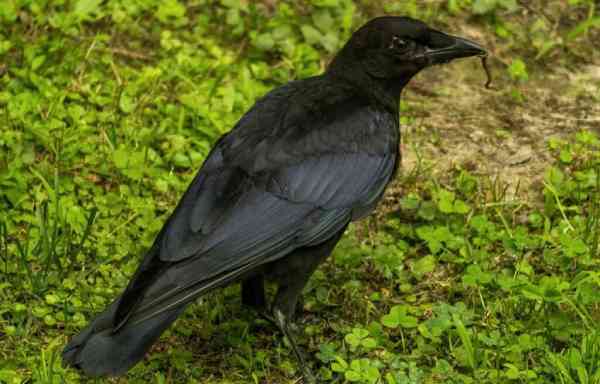
Crows, highly intelligent and adaptable birds, are opportunistic feeders known to consume a wide variety of food items, including worms. Worms are part of their diet, often found in fields, gardens, and moist areas.
Crows use their sharp bills to extract worms from the ground or search for them in dung or decaying organic matter. Worms provide essential proteins and nutrients, contributing to the overall health and vigor of crows. The inclusion of worms in their diet showcases the adaptability of crows to different food sources and their vital role in nutrient cycling within ecosystems.
Magpies:

Magpies, striking black-and-white birds with a reputation for their intelligence and curiosity, consume a varied diet that can include worms. These birds are skilled foragers, using their sharp beaks to extract worms from the soil.
Worms offer crucial proteins and nutrients, supporting the magpies’ overall health, especially during the breeding season and when raising young. Magpies’ consumption of worms emphasizes their ability to exploit a range of food sources and their ecological role in maintaining balanced invertebrate populations.
Ants:
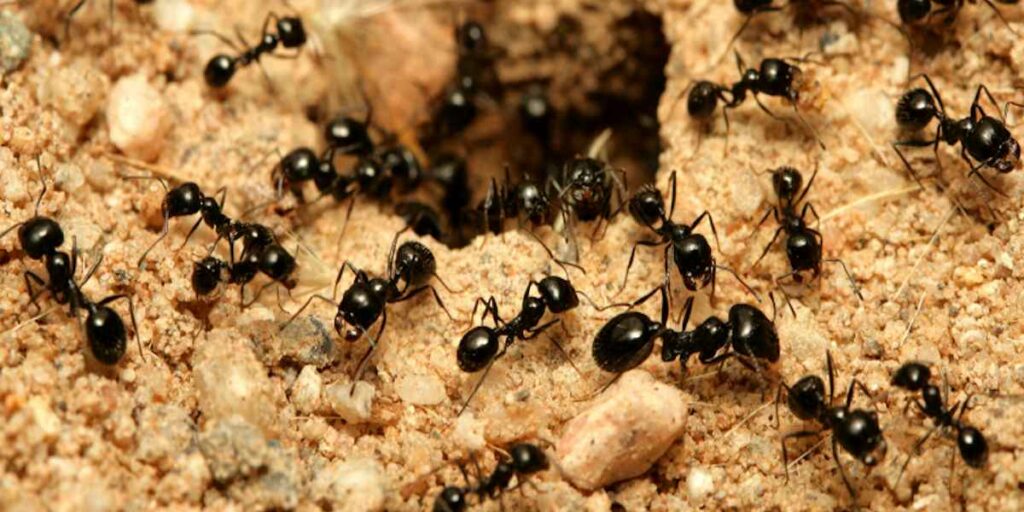
Ants, social insects known for their organized colonies and diverse species, often prey on worms. Certain ant species, such as army ants and trap-jaw ants, actively hunt and capture worms as part of their carnivorous diet. Worms provide a valuable source of proteins and nutrients for the ant colony, aiding in the growth and development of their larvae. Ants’ predation on worms demonstrates their specialized foraging behaviors and the complexity of their interactions with other invertebrates in the environment.
Diving Beetles:

Diving beetles, aquatic insects known for their streamlined bodies and adept swimming skills, are proficient predators, often preying on various aquatic organisms, including worms. Diving beetles actively hunt for worms in freshwater habitats, capturing them with their sharp mandibles. Worms contribute to their diet, supplying essential proteins and sustenance for their aquatic lifestyle. Diving beetles play a vital role in regulating worm populations and maintaining the ecological balance in freshwater ecosystems.
Perch:

Perch, popular freshwater fish found in lakes, rivers, and ponds, readily consume worms as part of their diet. Worms are a preferred food source for perch, providing essential proteins and nutrients necessary for their growth and survival. Perch forage for worms in aquatic habitats, particularly near the bottom substrate. Their consumption of worms highlights their adaptability to different food sources and their ecological importance in freshwater ecosystems.
Beetles:

Beetles, an incredibly diverse group of insects, often include worms in their diet, especially during their larval stages. Some beetles, such as ground beetles, carrion beetles, and rove beetles, actively hunt for worms in the soil, leaf litter, or decaying matter. Worms provide vital nutrition for beetle larvae, supporting their growth and development. The consumption of worms by beetles showcases the role of beetles as essential decomposers and predators in ecosystems, contributing to nutrient cycling and regulating invertebrate populations.
Ravens:

Ravens, large and highly intelligent birds known for their deep croaking calls, are omnivorous and consume a diverse diet, including worms. Worms are readily available in a variety of habitats, and ravens use their powerful beaks to extract them from the ground. Worms supply essential proteins and nutrients, contributing to the overall health and vitality of ravens. Their consumption of worms emphasizes their adaptability to different food sources and their vital ecological role as scavengers and predators.
Cuckoos:

Cuckoos, distinctive birds known for their unique calls and brood parasitism behavior, often consume worms as part of their diet. Worms are a valuable source of proteins and nutrients for cuckoos, especially during the breeding season when additional nourishment is crucial. Cuckoos actively forage for worms in trees, bushes, and on the ground, showcasing their opportunistic feeding behavior and their role as insectivores in various habitats.
Bass:
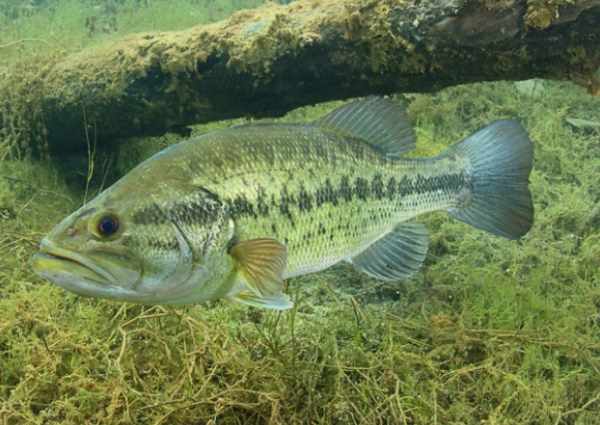
Bass, popular freshwater game fish found in lakes, rivers, and reservoirs, readily prey on worms. Worms are a common and effective bait used by anglers to catch bass. Bass actively search for worms near the lake or riverbed, particularly in areas with submerged vegetation or structures. Worms provide essential proteins and energy for bass, supporting their growth and making them sought-after prey. The consumption of worms by bass highlights their importance in recreational fishing and their ecological role in controlling invertebrate populations in aquatic environments.
Terns:

Terns, graceful seabirds known for their plunging dives into the water to catch prey, often feed on a variety of marine invertebrates, including worms. Terns forage for worms along coastal areas and estuaries, where worms are abundant in the sandy or muddy substrates. Worms offer essential nutrition, including proteins and amino acids, necessary for the terns’ energy and migration requirements. The consumption of worms by terns illustrates their adaptability to marine habitats and their role as efficient aerial hunters in the aquatic environment.
Behavioral and Physiological Adaptations:
Animals that feed on worms exhibit a range of fascinating behavioral and physiological adaptations to effectively capture and consume their prey. Some birds, like robins and starlings, have specialized beaks and acute senses to locate worms in the soil. Others, such as moles and shrews, have evolved sharp teeth and strong forelimbs to dig efficiently.
Fish, like sunfish and catfish, have a keen sense of smell to detect worms in water bodies. Additionally, some insects have evolved sticky secretions or specialized mouthparts to consume worms. Each of these adaptations showcases the intricate and diverse strategies that animals have developed to thrive on a diet of worms, highlighting the evolutionary marvels within the animal kingdom.
Ecological Impact of Animals That Eat Worms:
Animals that feed on worms have a notable ecological impact on their respective habitats. By preying on worms, these animals help control worm populations, preventing potential overpopulation and associated ecological imbalances. This predation can influence worm distribution, behavior, and reproduction.
Additionally, animals consuming worms often serve as important links in the food web, supporting the overall ecosystem structure and dynamics. Their diet of worms contributes to nutrient cycling and energy flow within ecosystems. Moreover, the ecological impact extends beyond worms themselves, influencing plant growth and soil health due to the profound relationship between worms, soil, and vegetation.
Conservation and Balance:
Balancing the delicate relationship between animals that consume worms and the overall health of ecosystems is a critical aspect of conservation. Understanding the ecological significance of these animals and the role worms play is crucial for informed conservation strategies.
Efforts to conserve and protect habitats where worms and their predators coexist are fundamental. Additionally, implementing sustainable management practices that consider the needs of both predators and their prey is vital for maintaining ecological balance. Striking this equilibrium ensures that the ecological role of animals consuming worms is preserved, contributing to the health and resilience of ecosystems.
Final Words:
Worms, despite their unassuming nature, are linchpins of ecological harmony, and animals that feast on them play an essential role in maintaining this delicate balance. Understanding their intricate interactions, adaptations, and ecological impact allows us to appreciate the complex tapestry of life that thrives within our ecosystems.
As we navigate the realms of nature, let us embrace a deeper understanding of these relationships and work collectively towards the conservation and preservation of the remarkable biodiversity that enriches our world.
Reference:
- https://ipm.ucanr.edu/TOOLS/TURF/PESTS/inearthwm.htm
- https://animals.mom.com/type-insect-should-frog-eat-5729.html
- https://www.reconnectwithnature.org/news-events/the-buzz/nature-curiosity-how-do-robins-find-worms

Jeevan Kodiyan
An animal enthusiast with an interest in zoology, studying the behavior and activities of animals in the wild habitat. I work on research projects related to species conservation and endangered species protection. I also leverage zoology to become an educator, educating others about the importance of protecting our natural environment and the beauty of animals in their natural habitats.









